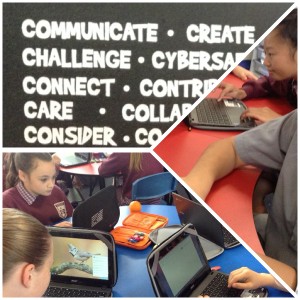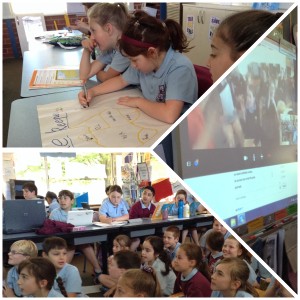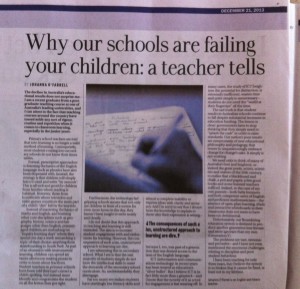If you waited till you thought you had the absolute best answer, sometimes you would never make a decision.
 I watched today as the result of a long decision making process was rolled out – 1:1 Chromebooks for some students, 1:2 for others and shared Win8 tablets for others. These are new devices supported by the existing ones and new Wireless. This was the decision of a hard working group of teachers, students and parents when asked to consider the issue of enhancing the personalisation of learning through technology.
I watched today as the result of a long decision making process was rolled out – 1:1 Chromebooks for some students, 1:2 for others and shared Win8 tablets for others. These are new devices supported by the existing ones and new Wireless. This was the decision of a hard working group of teachers, students and parents when asked to consider the issue of enhancing the personalisation of learning through technology.
Many schools when making choices about upgrading technology, leave the decision to a few ‘leaders’ – making well thought out but less consultative choices. I am proud of the process we explored, which although time consuming provided a result that is considered, consultative and above all focussed on the needs of the teaching and learning and ultimately improved outcomes. I don’t deny we may have made acceptable decisions without this process but I am extremely confident that the community understand this decision, it is justifiable and above all supported by all.
Our process can be roughly summarised like this:
- Determine a need for change and define an ambition. In our case, “To investigate and identify devices to personalise the learning for students.”
- Form a representative team to lead the process and consult with other stakeholders – leadership, parents and students
- Carefully analyse the needs and possible pathways
- Investigate options – research, consult (this included vendors, other schools, alumni etc)
- Decide based on criteria from all involved as well as important considerations such as budget !
- Consult stakeholders and inform
In the end we had a solution and it is now being enacted and it is exciting to watch and be part of.




